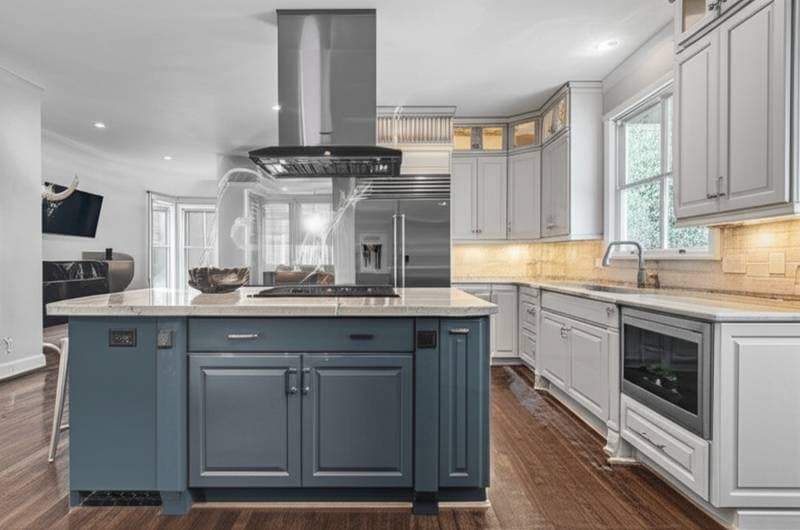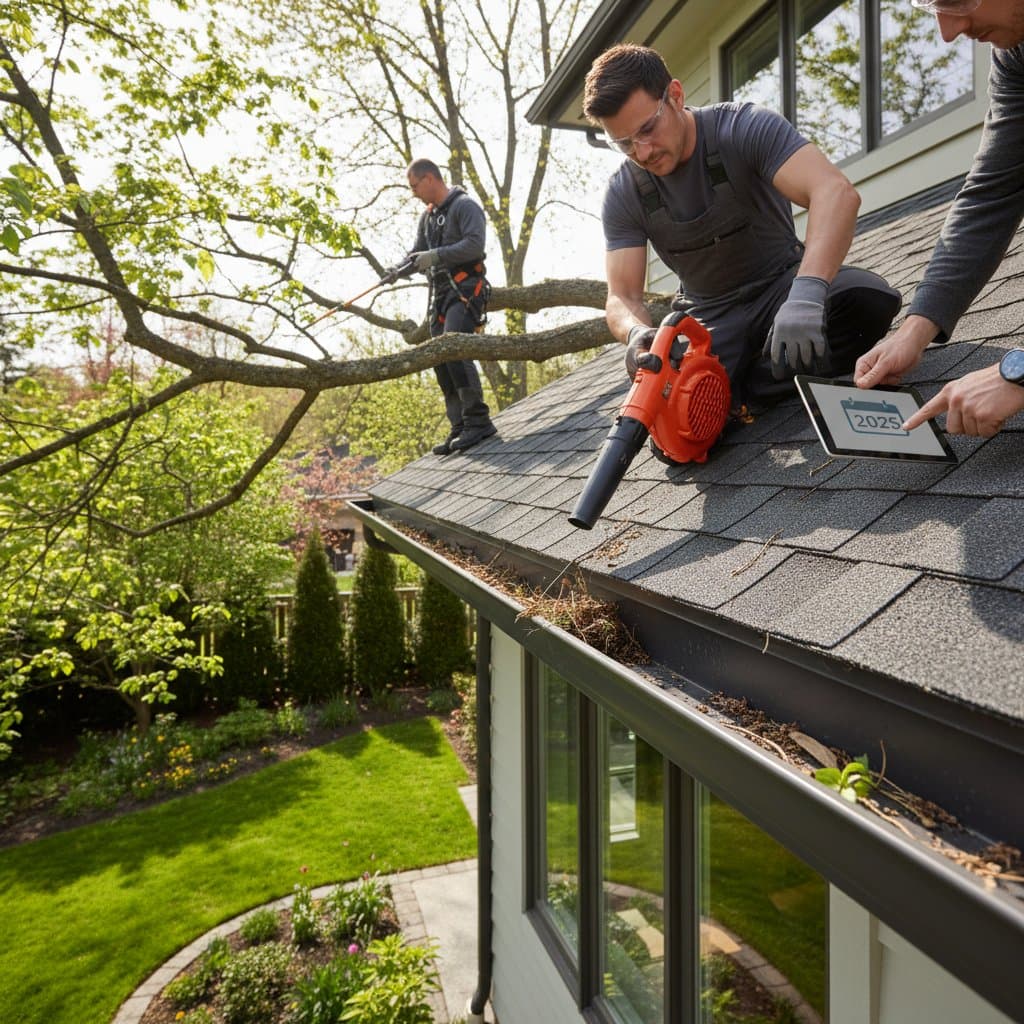Understanding Shifts in 2025 Kitchen Renovation Budgets
Kitchen renovation budgets face rapid changes compared to other home improvement projects. Factors such as material price stabilization, recovering supply chains, and evolving efficiency standards contribute to both elevated expenses and potential savings. Homeowners planning a remodel in 2025 benefit from grasping these dynamics to create a functional space that aligns with lifestyle needs and financial constraints.
Factors Driving Cost Directions
Kitchen renovation expenses have adjusted across multiple categories. Cabinetry costs increase by approximately 8 percent, whereas countertop materials hold steady following years of fluctuation. In metropolitan areas, labor rates continue to rise, with electricians and plumbers charging an average of $95 to $135 per hour.
Energy-efficient appliances and sustainable options also impact budgets. Federal programs and utility rebates promote the adoption of induction ranges and ENERGY STAR-certified dishwashers, which reduce electricity consumption by at least 20 percent. Although these features involve modest initial investments, they deliver payback through reduced utility bills within two to three years.
Elements Influencing Your Total Budget
Various elements determine the final cost range for a kitchen remodel. Consider these key aspects to position your project at the desired budget level:
-
Layout Modifications: Relocating plumbing or electrical components typically adds $2,000 to $5,000. Retaining the sink and stove in their current positions helps manage expenses effectively.
-
Cabinet Selections: Stock cabinets begin at about $150 per linear foot, whereas custom hardwood varieties surpass $800 per linear foot. Semi-custom choices provide an optimal blend of aesthetics and affordability.
-
Countertop Options: Installed laminate stays below $40 per square foot, quartz falls between $70 and $110, and natural stone or solid surfaces exceed $130.
-
Appliance Investments: Mid-range reliable models require $3,000 to $6,000, while premium selections can double that amount.
-
Permits and Compliance: Local regulations may impose fees of $300 to $1,500 for permits. Updates to electrical systems and ventilation often prove necessary to satisfy contemporary safety standards.
Strategies to Optimize Your Budget
Strategic planning allows homeowners to lower renovation costs while preserving quality.
-
Maintain the existing layout to avoid structural alterations and save up to $7,000.
-
Opt for cabinet refinishing over full replacement; professional refacing ranges from $6,000 to $9,000, approximately half the cost of new installations.
-
Target seasonal sales for appliances, as retailers frequently reduce prices on energy-efficient units in spring and fall.
-
Incorporate mixed materials, such as quartz for primary areas and laminate for less visible sections, to achieve durability at a balanced price.
-
Combine related projects, like flooring or lighting in nearby spaces, and engage a single contractor to secure discounted rates across scopes.
Obtain three quotes from local contractors prior to finalizing plans. This approach enables comparisons of labor costs, warranties, and timelines.
Updates on Financing and Incentives
Energy-related incentives play a larger role in shaping renovation finances. Rebates for induction cooking appliances and efficient ventilation can yield $300 to $1,200 post-installation. Certain lenders provide specialized green improvement loans featuring interest rates below those of standard personal credit options.
For renovations exceeding $25,000, a home equity line of credit with fixed terms offers a viable path. Homeowners intending to sell within five years may find short-term financing advantageous, given that kitchen updates recover 60 to 75 percent of costs through enhanced property value.
Optimal Timing for Your Project
Spring and fall emerge as ideal periods for kitchen renovations. During these seasons, contractors experience reduced backlogs, and milder weather facilitates tasks like painting, flooring, and cabinetry work without complications from heat or cold.
Projects generally span 5 to 10 weeks, from demolition through final inspection. Potential delays arise in countertop production or appliance shipments. To minimize disruptions, secure materials three weeks ahead of demolition and verify all dimensions with installers.
Achieving Strong Return on Investment
A thoughtfully executed kitchen remodel extends beyond aesthetic enhancements to boost functionality and efficiency. Mid-range projects often yield a 65 percent return upon sale, while high-end designs return about 55 percent yet attract more discerning buyers.
Incorporating wall insulation upgrades and LED task lighting during the remodel can decrease annual energy expenses by 10 to 15 percent. Such measures gradually offset the upfront investment while promoting sustainability.
Safeguarding Your Remodel's Longevity
Regular upkeep ensures the durability of a newly renovated kitchen. Wipe cabinet surfaces with mild soap solutions, reseal stone countertops biennially, and check plumbing fittings for leaks semiannually. Proactive replacement of under-cabinet lights prevents electrical issues and maintains illumination quality.
The 2025 kitchen renovation landscape presents hurdles alongside advantages. While material and labor costs ascend, incentives for efficiency and precise planning mitigate these rises. Prioritize thorough budgeting, contractor evaluation, and upgrades that deliver enduring functionality and worth.


